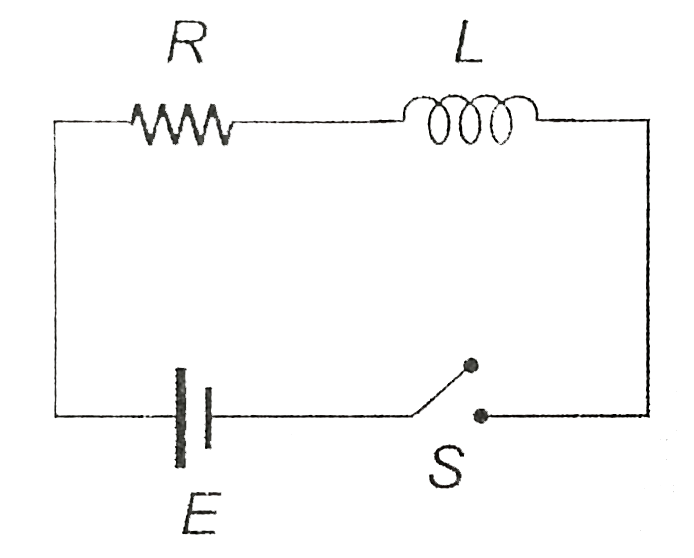Find the mean path travelled by pions whose kinetic energy exceeds their rest energy η=1.2times. The mean lifetime of very slow pions is τ0=25.5ns.
Energy of poins is (1+η)m0c2 so
(1+η)m0c2=m0c2√1−β2
Hence 1√1−β2=1+ηorβ=√η(2+η)1+η
Here β=vc of pion. Hence time dilation factor is 1+η and the distance traversed by the pion in its lifetime will be
cβτ0√1−β2=ctao0√η(2+η)=15.0 metres
on substituting the values of various quantities (Note The factor 1√1−β2 can be looked at as a time dilation effect in the laboratory frame or as length contraction factor brought to outside in the proper frame of the pion.
Topper's Solved these Questions
Similar Questions
There is a narrow beam of negative pions with kinetic energy T equal to the rest energy of these particles. Find the ratio of fluxes at the sections of the beam separated by a distance l=20m. The proper mean lifetime of these poins is τ0=25.5ns.
View Solutionfind the binomal distribution whose mean is 5 and variance is 2.5
View Solution
Knowledge Check
The time of decay for the nuclear reaction is given by t=5t1/2. The relation between mean life τ and time of decay t is given by:
A2τ In 2B5τ In 2C2τ4 In 2D1τ4 In 2Ratio of kinetic energy to potential energy of an oscillator when it is at distance 1/N times of amplitude from mean positions in
AN2+1BN2C1N2DN2−1
At t=0 , switch S closed. Find the ratio of the rate at which magnetic energy stored in the coil to the rate at which energy is supplied by the battery at time t=τ=L/R .

View SolutionFind how the momentum of a particle of rest mass m0 depends on its kinetic energy. Calculate the momentum of a proton whose kinetic energy equals 500MeV.
View SolutionCalculate at the temperature t=16∘C :
(a) the root mean square velocity and the mean kinetic energy of an oxygen molecule in the process of translational motion ,
(b) the root mean square velocity of the molecules η=1.50 times ?
View SolutionThe amount of heat generated by 1.0mg of a Po210 preparation during the one mean lifetime period of there nuclei, if the emitted a-particles are known to possess the kinetic energy 5.3MeV is n(0.2MJ). Assume all daughter nuclei are partically formed in ground state. What is the value of n ?
View SolutionEmploying Eq. (6.4g), find at T=0
(a) the maximum kinetic energy of free electrons in a metal if their concentration is qual to n,
(b) the mean kinetic energy of free electrons if their maximum kinetic energy Tmax is known.
View SolutionA stationary neutral particle disintegrated into a proton with kinetic energy T=5.3MeV and a negative pion. Find the mass of that particle. What is its name.
View Solution
